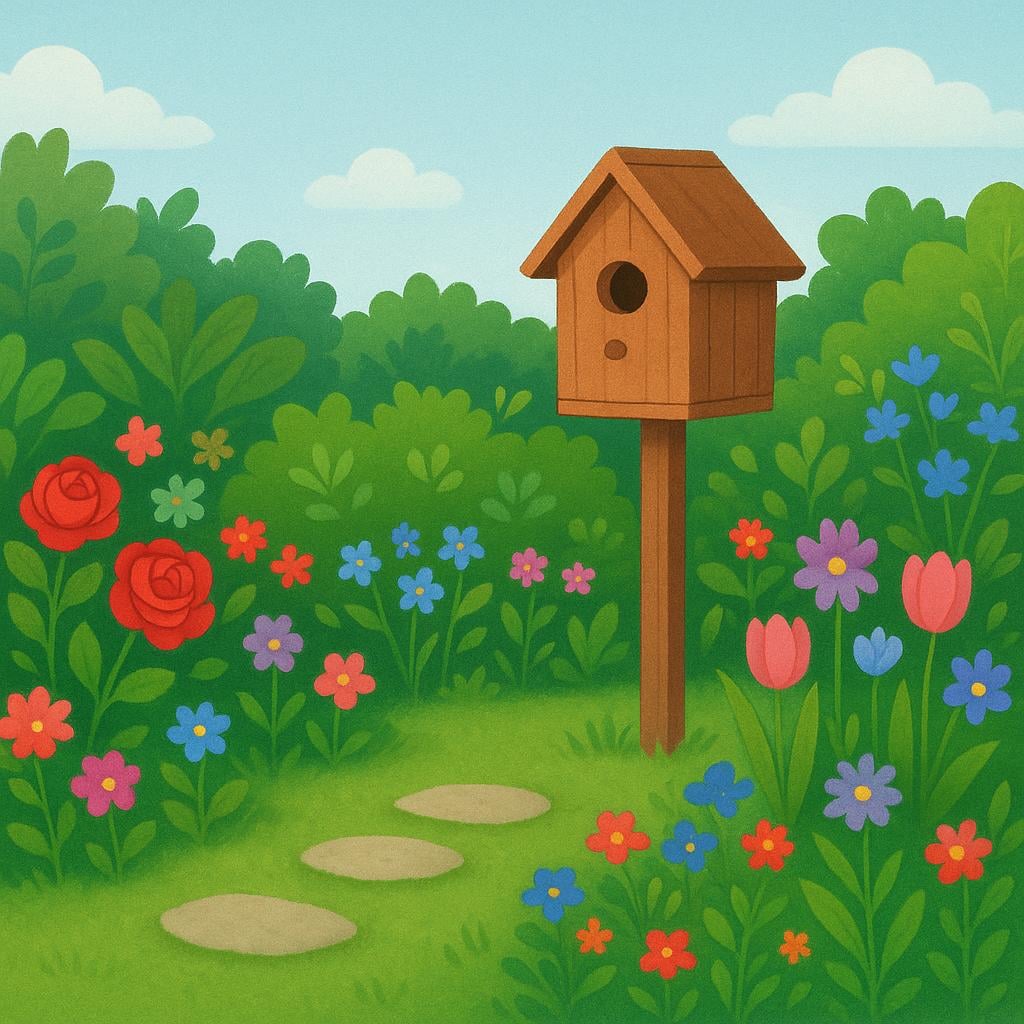
jardín
/har-DEEN/ (The 'j' sounds like the English 'h' sound)
📝 In Action
Mi abuela pasa todo el día cuidando su jardín de rosas.
A1My grandmother spends all day looking after her rose garden.
Los niños juegan a la pelota en el jardín trasero.
A2The children play ball in the back yard.
Visité el jardín botánico para ver las plantas tropicales.
B1I visited the botanical garden to see the tropical plants.
💡 Grammar Points
Gender Alert
Jardín is always masculine (el jardín), even though many Spanish nouns ending in -ín come from other languages. You must use the masculine article 'el' before it.
❌ Common Pitfalls
Mispronouncing the 'j'
Mistake: "Pronouncing the 'j' like the English 'j' in 'jam' (yah-DEEN)."
Correction: The 'j' in Spanish always makes a strong, breathy 'h' sound, like the 'ch' in 'loch' or the 'h' in 'house' (/har-DEEN/).
⭐ Usage Tips
Related People and Things
To talk about the person who tends the garden, use 'el jardinero' (the gardener). The word for a window box or large pot is 'la jardinera' (the planter).
✏️ Quick Practice
💡 Quick Quiz: jardín
Question 1 of 1
Which English word is NOT a direct translation or related use of 'jardín'?
📚 More Resources
Frequently Asked Questions
Why is 'jardín de infancia' used for preschool?
Literally translating to 'garden of infancy,' this term reflects the idea of a preschool as a safe, nourishing, and structured place where young children (infants) can grow and bloom, just like plants in a garden.
Is 'patio' the same as 'jardín'?
Not exactly, but they are related. A 'jardín' focuses on the planted, grassy, or flowered area. A 'patio' is usually a paved, open-air area adjacent to a house, often used for sitting or dining, but many people use 'patio' and 'jardín' interchangeably to mean 'backyard.'